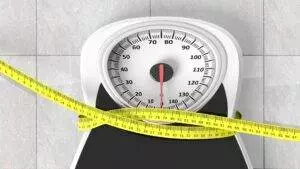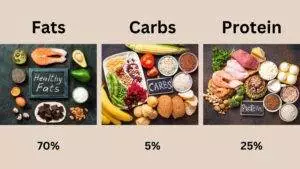
Easy Keto Diet for Beginners: A Step-by-Step Guide
The ketogenic diet, or simply “keto,” is a low-carb, high-fat diet that has become increasingly popular in recent years. It’s a way of eating that focuses on whole foods and healthy fats while limiting carbohydrates to an absolute minimum.
The goal of the keto diet is to put your body into a state of ketosis, which means burning fat instead of glucose as fuel. If you’re new to the keto lifestyle, this guide will help you get started with ease.
What Is the Ketogenic Diet?
At its core, the keto diet is all about changing the way your body uses energy. Instead of relying on carbs for fuel, you’ll be using fat – specifically, the kind found in avocados, nuts, seeds, oils, and other whole food sources. This shift in metabolism can have some incredible benefits, including weight loss, improved blood sugar control, and better overall health markers.
Benefits of a Keto Diet for Beginners
There are many reasons why people choose to start a keto diet. Some of the most common benefits include:
- Weight Loss: Many people report rapid weight loss when they first begin a keto diet. This may be due to several factors, such as reduced appetite, increased calorie burn, and hormonal changes.

- Improved Blood Sugar Control: For those who struggle with insulin resistance or type 2 diabetes, the keto diet can be a game changer. By reducing carb intake, it helps regulate blood sugar levels and reduce inflammation throughout the body.
- Better Brain Function: Because the brain thrives on ketones, many people experience improvements in cognitive function, memory, and mood when following a keto diet.
Foods to Eat on a Keto Diet for Beginners
One of the best things about the keto diet is how delicious the food can be! Here are some examples of the kinds of foods you should aim to eat on a regular basis:
- Fresh vegetables (such as leafy greens, broccoli, cauliflower)
- Healthy fats (such as avocado, coconut oil, olive oil, butter)
- High-quality proteins (such as grass-fed beef, wild salmon, organic chicken)
- Nuts and seeds (such as almonds, walnuts, pumpkin seeds)
Meal Planning and Macronutrient Ratios
To ensure success on the keto diet, it’s essential to plan your meals carefully and stick to the recommended macronutrient ratios. Ideally, you want to aim for around 70% healthy fats, 25% protein, and just 5% carbs. This might look something like:

Breakfast: Scrambled eggs with spinach and avocado
Snack: Hard boiled egg with cucumber slices
Lunch: Grilled salmon with roasted Brussels sprouts and cauliflower rice
Snack: Pork rinds with cherry tomatoes and olives
Dinner: Beef stir-fry with bok choy and peppers
Common Mistakes to Avoid When Starting a Keto Diet
While the keto diet can be incredibly effective, there are also some potential pitfalls to watch out for.
Here are a few mistakes to avoid when starting out:
- Not enough fat: If you don’t consume enough healthy fats, you won’t enter ketosis and may feel sluggish and hungry. Make sure to incorporate plenty of avocado, olive oil, and other healthy fats into your meals.
- Too much dairy: While dairy products are allowed on the keto diet, they do contain small amounts of lactose, which could prevent you from reaching ketosis. Try to limit your consumption of milk, cheese, and yogurt until you’ve gotten used to the diet.
- Overdoing it on protein: While protein is important, consuming too much can kick you out of ketosis by raising insulin levels. Stick to moderate portions of lean protein sources like fish, chicken, and turkey.
Conclusion
Starting a keto diet can seem overwhelming at first, but with these tips and guidelines, you’ll be well on your way to achieving your goals. Remember to stay focused on whole foods, monitor your progress regularly, and enjoy the journey towards better health and vitality.

